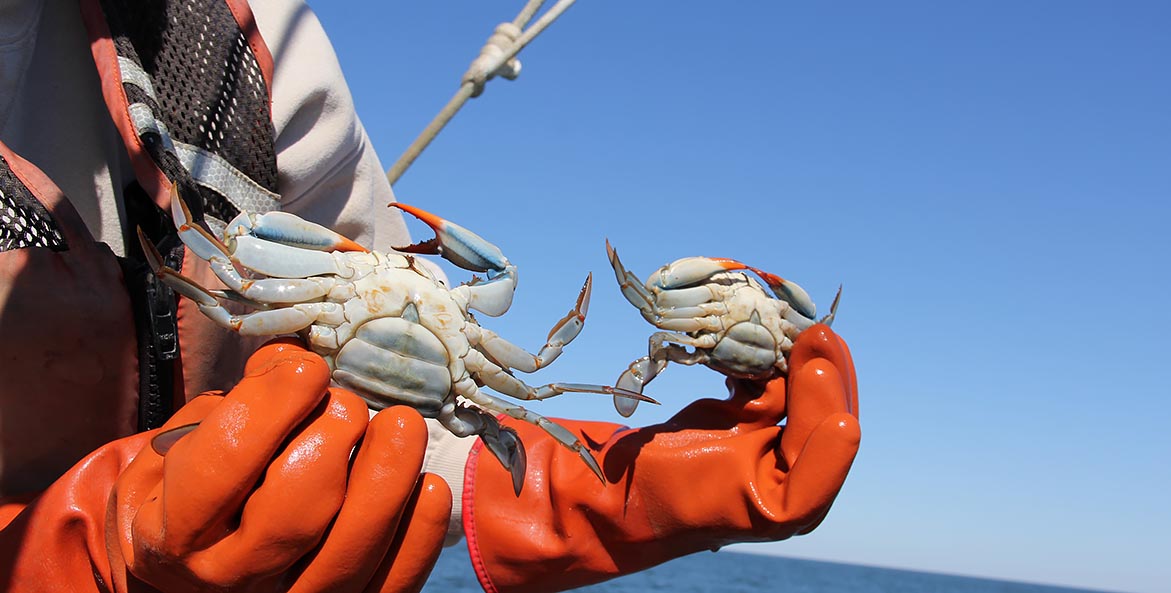In a letter this month asking the federal government to declare a fisheries disaster in the Chesapeake Bay due to a proliferation of invasive species, Maryland Gov. Wes Moore cited a truly startling statistic: In tributaries where invasive blue catfish have established, they represent up to 75 percent of the total fish weight. It is just one sign of how pollution, climate change, invasive species, and fishing pressure continue to reshape the watershed’s famed seafood industry. In Virginia, CBF supported legislation this session that would boost blue catfish processing and market capacity in the state to help address the problem. Other measures would continue long-running research on the blue crab population, which blue catfish likely impact. In addition to removing pressure from invasive species, clean water remains essential for many important fisheries, including the millions of hatchery-raised trout making their way to Pennsylvania streams this month. To add more filtering power and fish habitat to the Bay, Maryland is considering bills that support oyster farming. And across the watershed, volunteer oyster gardeners are preparing to help restore these critical bivalves (you can, too). For other headlines, check out our inaugural “In the News” section below.
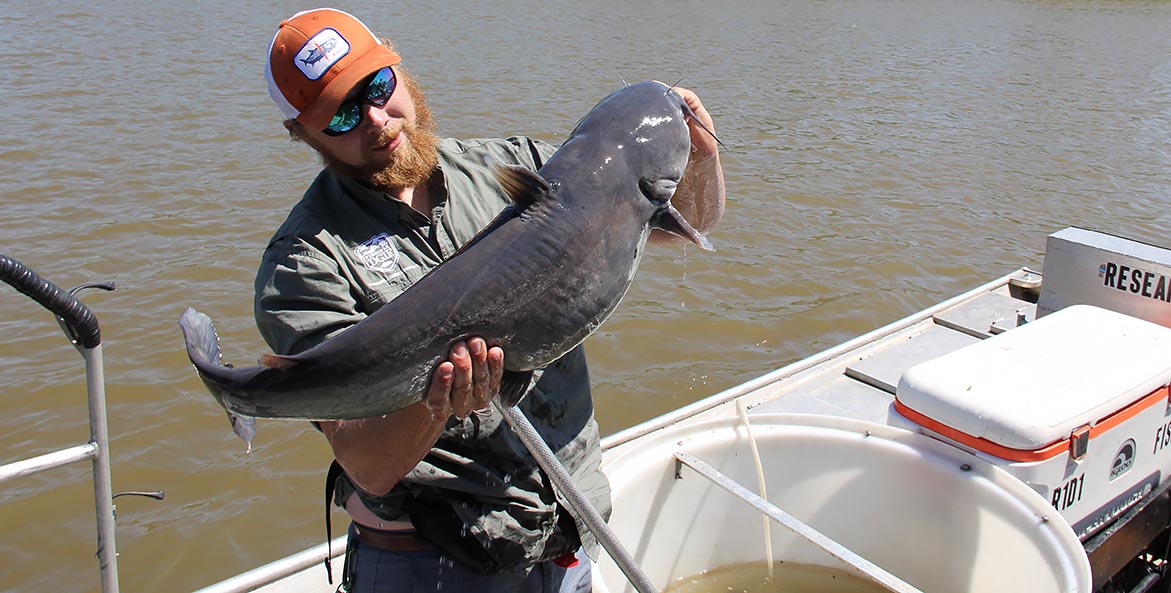
A member of the Virginia Department of Game and Inland Fisheries holds aloft a large blue catfish caught during an electrofishing demonstration in the tidal James River.
Kenny Fletcher/CBF Staff
A Market for Blue Cats
Virginia’s legislative session wrapped up last month with some big wins for the Bay’s fisheries. One bill in particular would boost the state’s ability to process and market blue catfish, an invasive fish with a voracious appetite for Bay critters. Other measures will help recycle oyster shells from restaurants and support studies of blue crabs and menhaden.
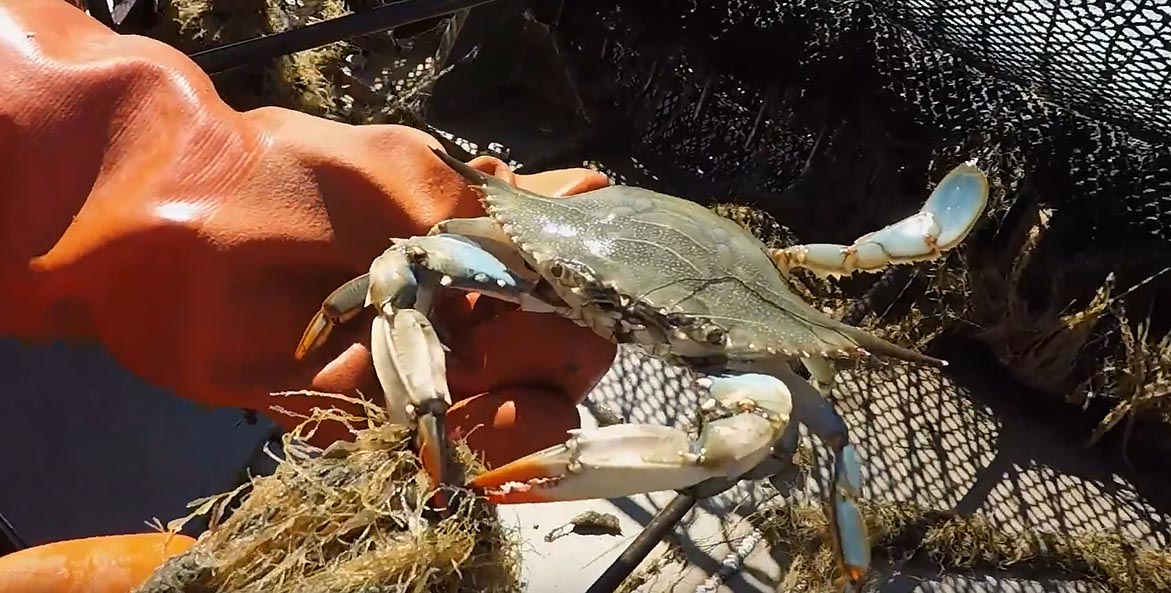
Kenny Fletcher/CBF Staff
Blue Crab Mysteries
Researchers are wrapping up field work for the winter dredge survey, the annual assessment of the Bay’s blue crab population. This year’s results won’t be released for another couple months. In the meantime, we look at some of the mysteries scientists are still trying to unravel about the future of this notoriously fickle fishery.
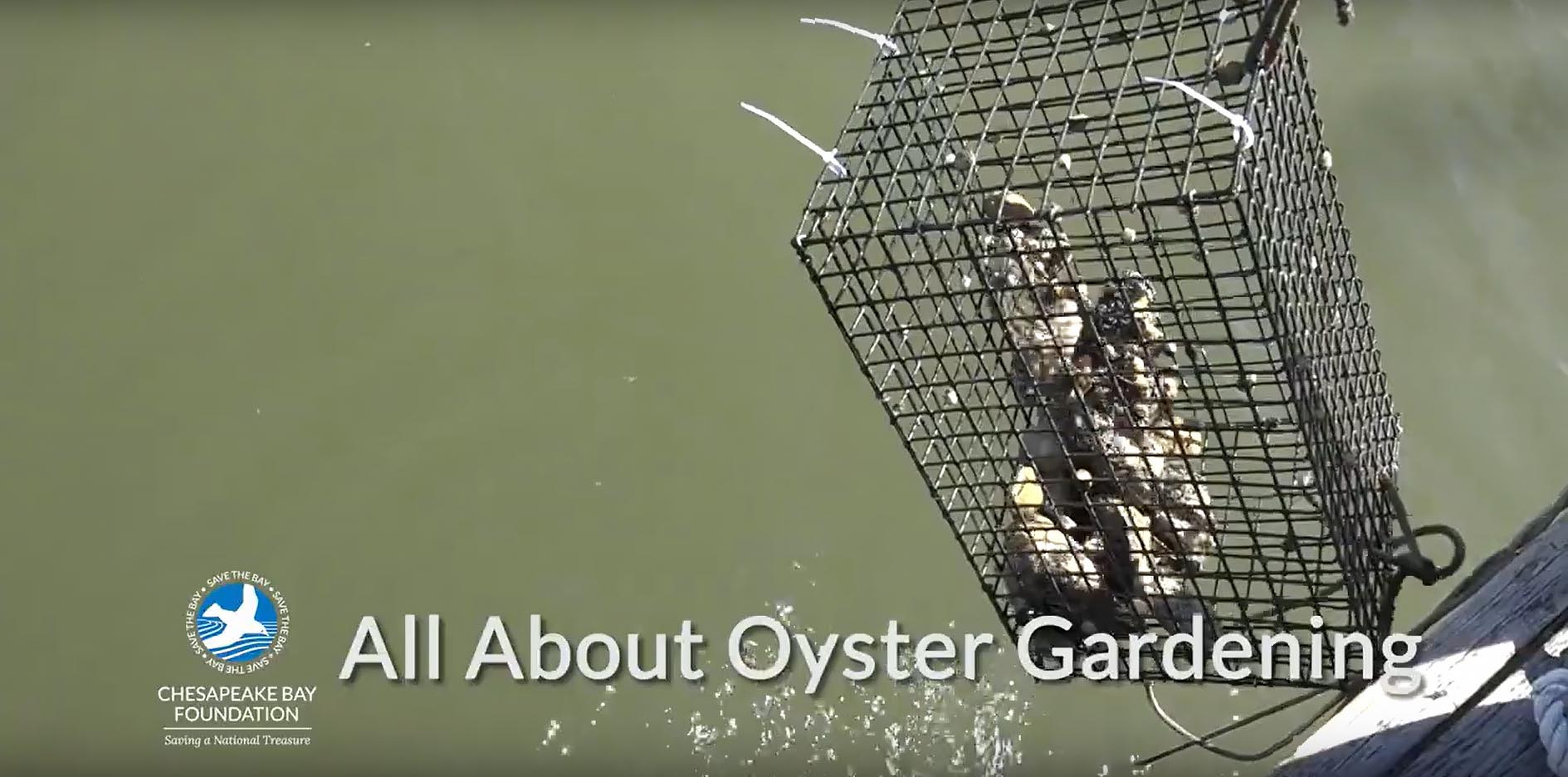
Kenny Fletcher/CBF Staff
Cultivate Your Own Oyster Garden
Dozens of volunteer oyster gardeners around the watershed are preparing to help plant the seeds for a healthier Bay. The gardeners raise baby oysters at private and public docks for a year before the oysters are placed on sanctuary reefs. This video illustrates how to get involved, whether you live on the water or not.
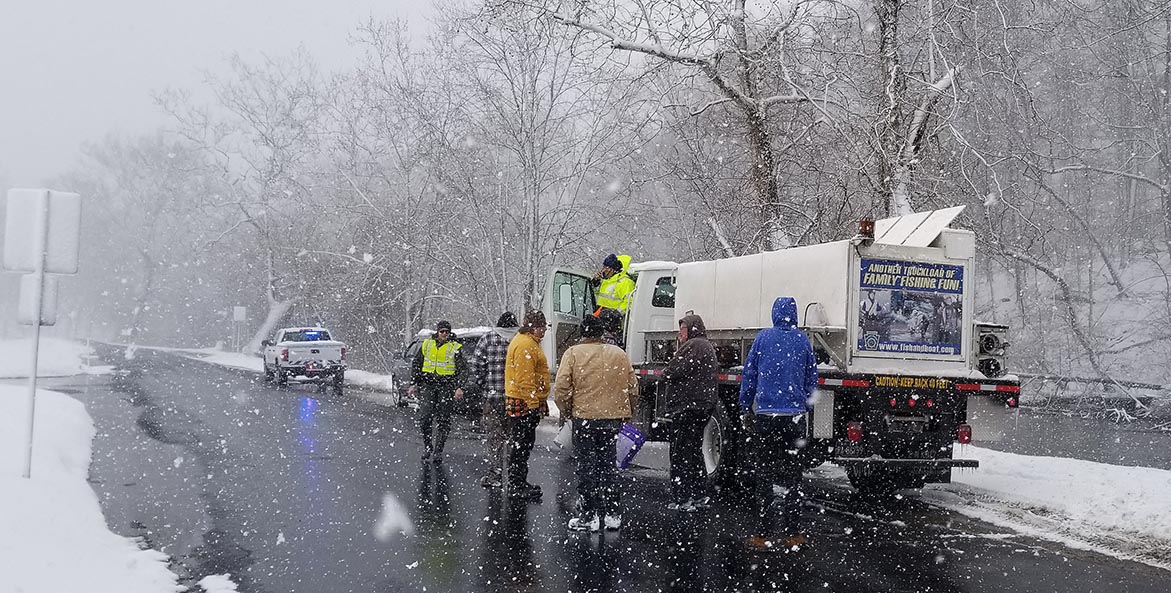
A Pennsylvania Fish and Boat Commission trout-stocking truck parks along Yellow Breeches Creek in preparation of releasing its payload of trout.
BJ Small/CBF Staff
A Trout’s Journey
April 1 is opening day of trout season in Pennsylvania. Before these colorful fish find their way to streams and anglers, many of them—3.2 million in fact—start their journey in a network of hatcheries. These facilities rely on high quality water, but they also play an important role in keeping streams clean.
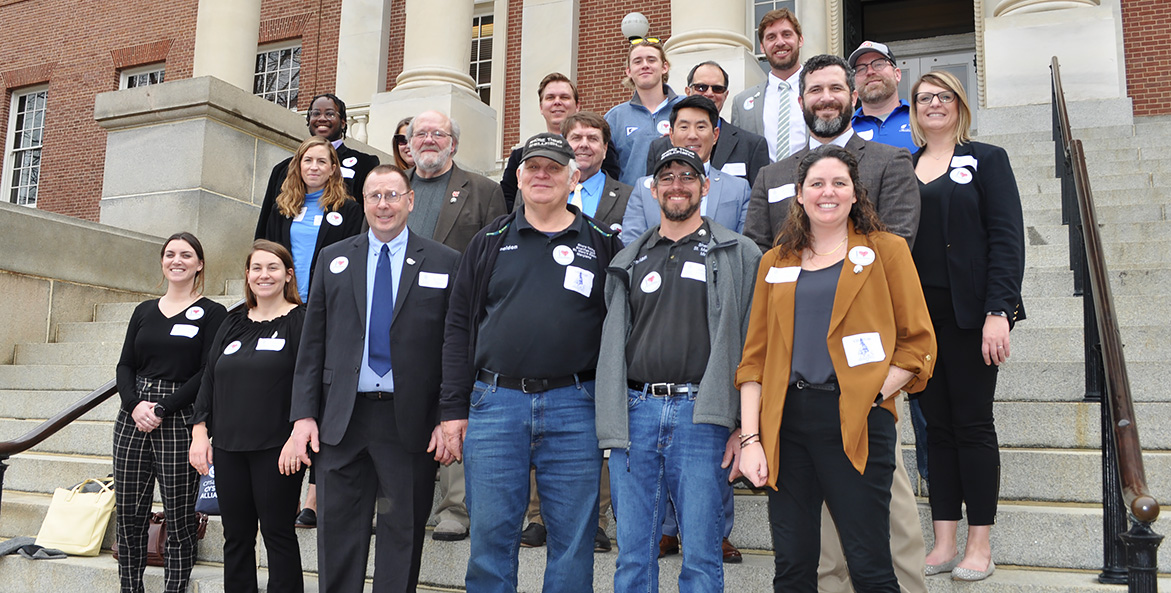
Oyster aquaculture advocates gather on the Maryland State House steps during their day of advocacy on March 2 for bills to help reduce regulatory delays for new aquaculture businesses and support the environmental benefits of the industry.
A.J. Metcalf/CBF Staff
Helping Oyster Farms
Oyster advocates traveled to the Maryland capital this month to address an issue that has long plagued the state’s growing aquaculture industry: The arduous process business owners must navigate to get approved for leases to raise oysters. Legislative efforts could make it easier to get more oysters—and their filtering abilities—into the Bay.
In the News
- Maryland requested the declaration of a federal fisheries disaster due to the impacts of invasive catfish and snakeheads in the Chesapeake Bay.
- Virginia’s oyster harvest could be the highest in 35 years following an extension of the season.
- CBF called for safety and process improvements at the Back River and Patapsco wastewater treatment plants near Baltimore after a fire and explosion.
- Conservation groups, including CBF, and the County of Henrico, Virginia, finalized a settlement agreement to reduce sewage pollution in the James River.
- CBF and Old Dominion University launched a new Resilient and Adaptable Communities Partnership to help Virginia communities adapt to climate change.
- The failure of a poultry sludge tank on Maryland’s Eastern Shore demonstrates the high risk of storing polluting substances.
What You Can Do
- From oyster gardening to tree plantings, check out all the ways you can get out in the field and volunteer with us this spring!
- We're defending important legislation around the watershed—and you can too! Join us in speaking up for forest bills in Maryland and Virginia's continued participation in the Regional Greenhouse Gas Initiative. Don't live in MD or VA? Sign our petition to support critical clean water investments in the Farm Bill.
- Looking for a creative way to help save the Bay? Whether through a bake sale, raffle, competition, or car wash, BayRaiser makes it easy to host your own unique fundraiser to benefit the Bay. Create your custom BayRaiser page today.
- Match Alert: Our friends at The Orvis Company are offering a flash match up to $15K to help us meet our fundraising goal before the start of oyster restoration season. Every $1 you give can now plant 200 oysters—but only until March 31!

